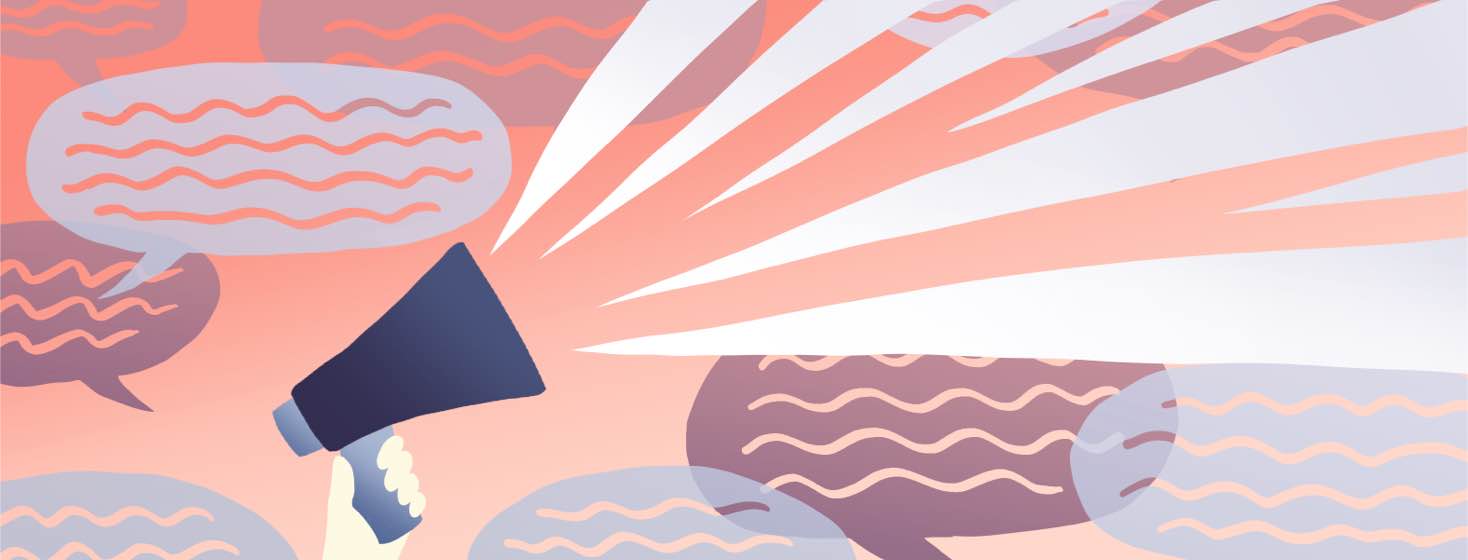Becoming My Own Dry Eye Care Advocate: Part 2
Erica, who has aqueous deficient dry eye, talks about advocating for her care. Read Part 1.
Having a doctor do the necessary testing
Becoming my own dry eye care advocate, I joined a dry eye support group on Facebook, and I started listening to several podcasts on dry eye. I learned about the different tests that doctors can perform to determine the factors contributing to each specific case. My doctor had done no testing; he had only looked at my eyes. I decided that I needed to see a dry eye specialist who could do the necessary testing.
I don’t fault my original doctor, but I did learn the importance of seeking help from someone who deals with dry eye on a regular basis and who is interested in learning about the new treatment options available. Some doctors’ practices revolve around routine eye exams and contact lens fittings; some focus on cataract surgeries. I needed to find someone who focused on dry eyes and had the necessary equipment to accurately diagnose me.
Finding a specialist four hours away
I reached out to my Facebook group, asking for recommendations for dry eye specialists in my state. A couple of people recommended a doctor who practices about four hours from my home. I listened to a podcast interview with him, in which he detailed his standard protocol for dry eye testing, as well as possible treatment options. He even talked about how he got his start with dry eye: his mother was a sufferer, so his interest was personal.
I immediately called and made an appointment. I came prepared with a list of the problems that I had been having and the treatment options I had tried. I highly recommend doing this, because I was able to give him a complete picture of my experience without forgetting anything. Here are the lists I brought with me.
Making a list of my issues
Problems I am having:
- Minor dry eye issues for years; gradually moved to better contact lenses; Daily Total Ones by Alcon
- Recently, drastic change in my eyes; switched to my glasses because contacts were intolerable
- For the first few weeks, my eyes felt incredibly gritty and dry. Waking up in the middle of night having to put drops in multiple times; eyes painful, particularly my left eye
- Made several changes over time; eyes are still very dry and uncomfortable MOST of the time. Eyes feel best in the morning and midday. As the day goes on, they just hurt, and I am continually adding more drops. I am still waking up at night because of the dryness
Treatment methods I have tried:
- Three visits with local doctor
- Preservative-free eye drops – Refresh and Systane gel drops at night (been doing this for about 2 or 3 months); using 6 or more times a day
- Punctal plugs – little help
- Added supplements (about 2 months ago): Omega 3 with fish oil, Vitamin D, Vitamin A; helped some
- Changed diet for the last 4 weeks: eating clean, anti-inflammatory foods; reduced sugar (no cokes), reduced red meat and processed meat, no white bread, reduced dairy, no fried foods (instead I’m eating lots of leafy greens, fish, whole grain, fruits and berries, vegetables); helped some
- Bruder heat eye mask for 8-10 minutes 1-2 times a day; doing this for about a month and a half
- Cleansing eyelids with tea tree wash and a hypochlorous acid cleansing spray by Heyedrate
- Exercise
- Very conscious of any air blowing on my eyes; no fans, etc.
- Using a humidifier at night to sleep
- Increased my water intake
Feeling hopeful
Under the care of this specialist, I felt relieved and hopeful. He conducted a thorough exam with a slit lamp, including tear break-up time testing (checking for evaporative dry eye) and explaining everything to me along the way. He said that the surface of my eye was highly inflamed. He said that my eyelids looked pristine, and my oil level was fine. (Blepharitis can prevent the oil from the meibomian glands from producing and coating the eye. This was not the case for me).
He said that I had aqueous deficient dry eye, which is the rarer form: only about 15 percent of dry eye cases are aqueous deficient.
On a path to healing
He ordered multiple other tests – free of charge! A technician scanned my meibomian glands, performed a TearLab Osmolarity Test to check the health and stability of my tear film, and conducted an InflammaDry test to detect presence of a molecule that indicates inflammation on the eye.
Because I was persistent and did not settle for one doctor’s opinion, I am on a path to healing. I listened to my body when my eyes were screaming for immediate attention, and I used my mind and my voice to advocate for my treatment.
In what ways have you been your own champion in fighting your dry eye disease? What next steps do you plan on taking to combat this condition?

Join the conversation